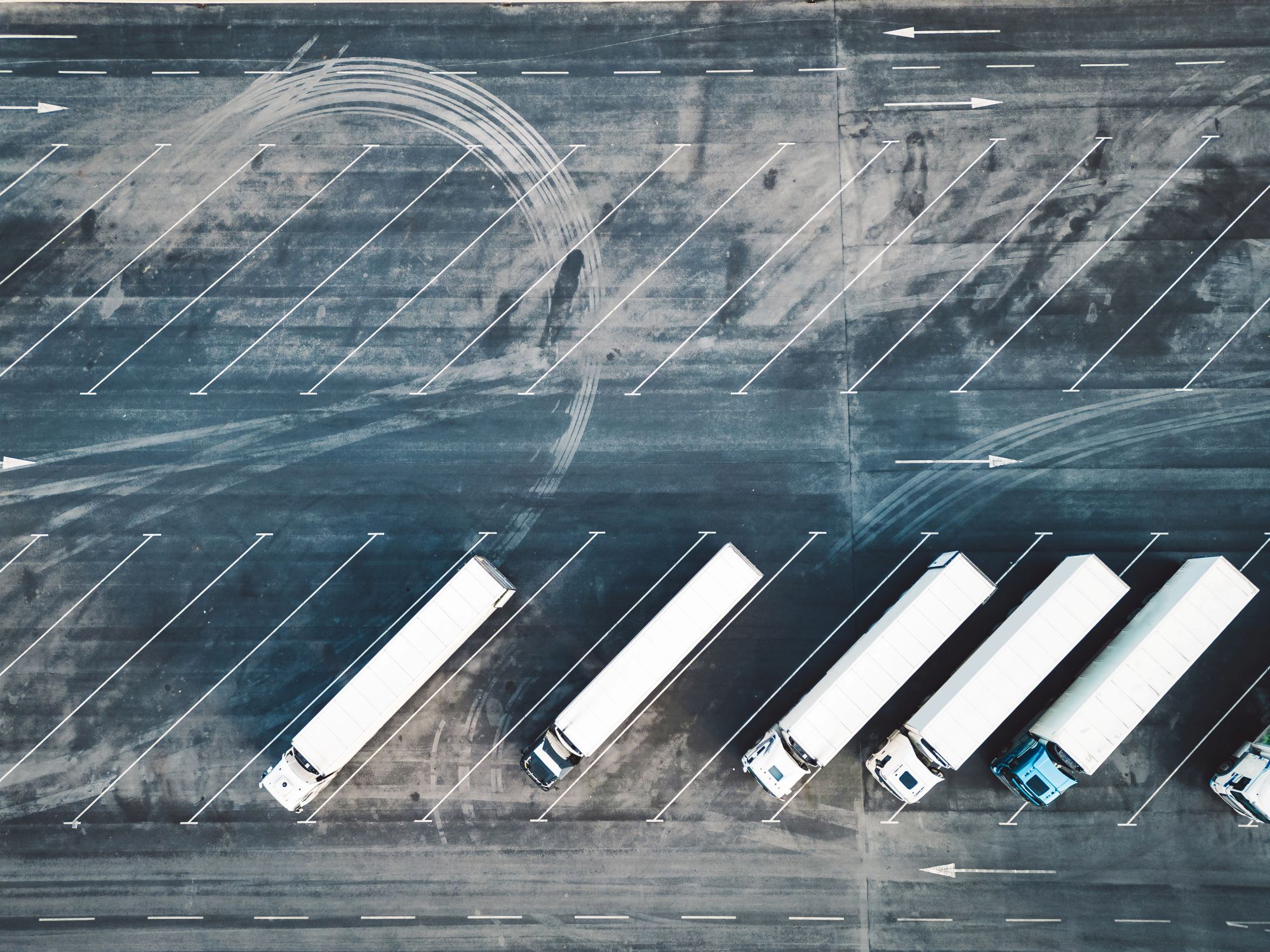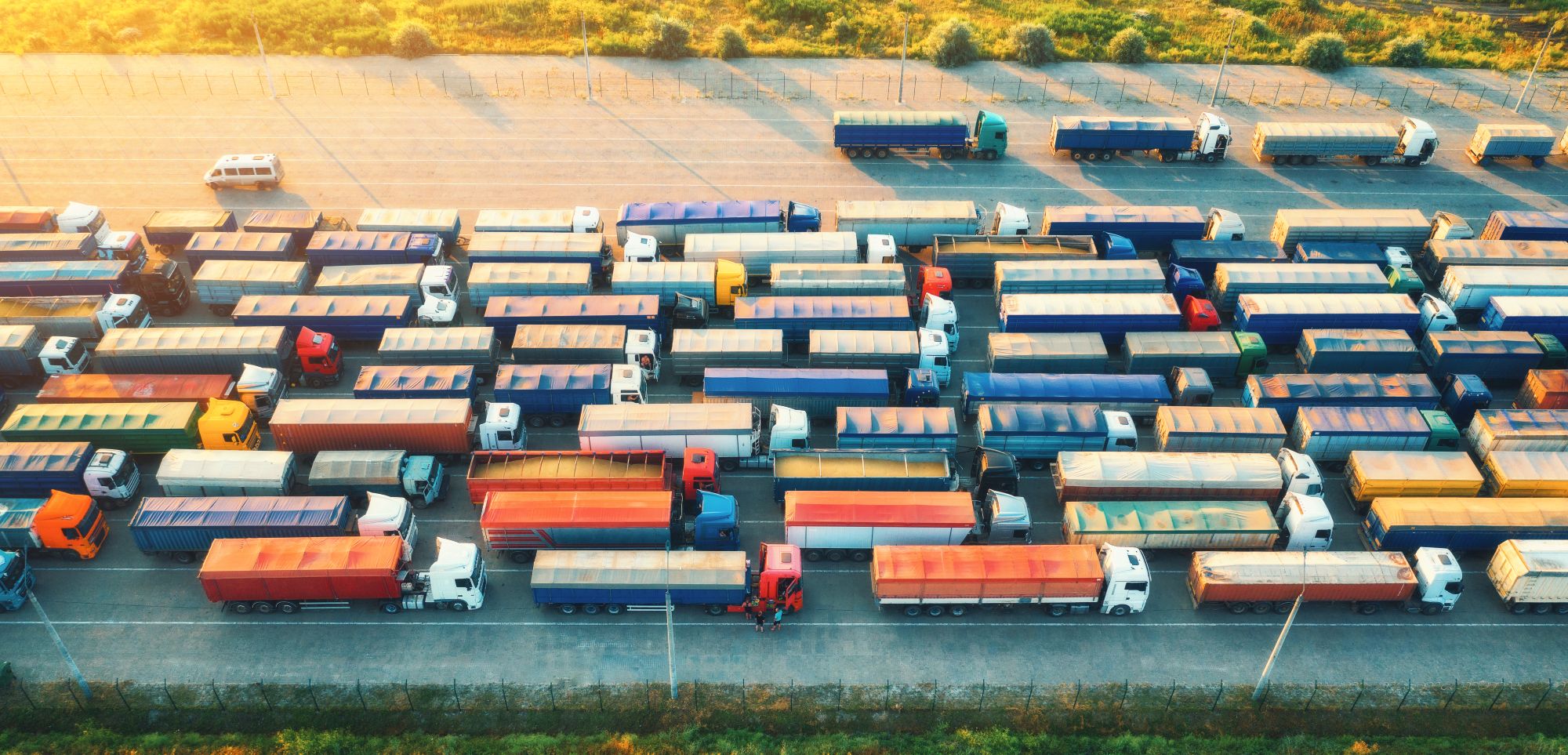
Guest
Lage-emissiezones in Spanje: Wat wagenparkbeheerders moeten weten
Gemaakt: 03-10-2025
•
Bijgewerkt: 08-10-2025
Tegen het einde van 2025 zullen 149 Spaanse steden - van Madrid en Barcelona tot toeristische trekpleisters als Valencia, Alicante en Benidorm - de toegang voor voertuigen met een hoge uitstoot beperken. Voor wagenparkbeheerders betekent dit nieuwe nalevingsrisico's, dure upgrades en strakkere leveringsschema's.
De Spaanse lage-emissiezones (Zonas de Bajas Emisiones, of ZBE's) maken deel uit van een bredere Europese campagne om de luchtkwaliteit te verbeteren en de uitstoot van het vervoer terug te dringen. Ze bestaan al in grote steden in het hele land en worden gehandhaafd met boetes tot €200, waarbij de regels van stad tot stad verschillen.
In deze gids leggen we uit hoe ZBE's werken, op welke voertuigcategorieën ze betrekking hebben en wat bestuurders moeten doen om hun wagenpark op de weg te houden.
ZBE-regels en voertuigcategorieën
ZBE's worden volgens de Spaanse wet ingevoerd in steden met meer dan 50.000 inwoners (en steden met meer dan 20.000 inwoners met een bijzonder slechte luchtkwaliteit), om de stedelijke luchtkwaliteit te verbeteren en de klimaatdoelstellingen van de EU te ondersteunen.
Toegang tot een ZBE wordt bepaald door de milieuvignet (distintivo ambiental) van een voertuig, zoals uitgegeven door het Spaanse Directoraat-Generaal voor Verkeer (DGT).
De categorieën zijn:
Nul (blauwe badge):
Volledige toegang
100% elektrische voertuigen (BEV)
Brandstofcelvoertuigen op waterstof (FCEV)
Plug-in hybrides met ten minste 40 km elektrisch bereik
Eco (groene/blauwe badge):
Over het algemeen onbeperkte toegang
Standaard hybrides (HEV)
Plug-in hybrides met minder dan 40 km elektrisch bereik
Voertuigen op gas (CNG/LNG/LPG)
C (groene badge):
Toegang met enkele beperkingen qua tijd/gebied
Benzinevoertuigen: Euro 4/5/6 (meestal vanaf 2006)
Dieselvoertuigen: Euro 6 (meestal vanaf 2014)
B (Gele badge):
Steeds meer beperkt, vaak verboden tijdens piekuren
Benzinevoertuigen: Euro 3 (typisch 2000-2005)
Dieselvoertuigen: Euro 4-5 (meestal 2006-2013)
Geen badge:
Over het algemeen verbannen uit alle ZBE's
Benzinevoertuigen onder Euro 3-normen
Dieselvoertuigen onder Euro 4-normen
Benzinevoertuigen onder Euro 3 en diesels onder Euro 4 worden meestal geweerd uit ZBE's, hoewel de beperkingen per stad verschillen.
Het is belangrijk om te weten dat buitenlandse voertuigen zich moeten registreren bij de lokale gemeenteraden voordat ze een ZBE mogen binnenrijden, zelfs als ze voldoen aan gelijkwaardige Euro-normen. Zonder registratie kunnen voertuigen die aan de regels voldoen automatisch boetes krijgen, wat een veelvoorkomend probleem is geworden voor internationale transporteurs die in Spanje actief zijn.

Gebieden met ZBE's
Madrid en Barcelona hebben al enkele jaren ZBE's, met zeer specifieke regels en een groot dekkingsgebied. Tegen het einde van 2025 zal het systeem zijn uitgebreid naar 149 steden, inclusief kleinere steden en toeristische bestemmingen zoals Benidorm, Valencia, Sevilla en Alicante.
Sommige steden zijn nog bezig met de invoering of de geleidelijke handhaving van hun zones, met overgangsperioden (bijv. waarschuwingen tot eind 2025 in Valencia en Benidorm). Andere, zoals Málaga, zullen vanaf december 2025 beginnen met het beboeten van niet-conforme voertuigen.
Er moet worden opgemerkt dat steden verschillende regels kunnen hebben, waarbij sommige steden niet-conforme voertuigen toestaan voor essentiële diensten, dus het is belangrijk om op de hoogte te zijn van de regels van een specifieke stad voordat je een voertuig uitstuurt.
Spanje is niet alleen: meer dan 320 steden in heel Europa nu actief LEZs, met Frankrijk Crit'Air systeem, Duitsland Umweltzonen en het Verenigd Koninkrijk ULEZ onder de meest gevestigde. Voor grensoverschrijdende vervoerders, dit creëert een lappendeken van regels, stickers en sancties die compliance risico's en kosten te verhogen.
Wat wagenparkbeheerders moeten doen
U moet ervoor zorgen dat uw voertuigen voorzien zijn van de juiste DGT-badge of registratie als ze in het buitenland zijn uitgerust.
Boetes voor niet-naleving zijn meestal vastgesteld op €200 per overtreding, hoewel ze per gemeente kunnen verschillen. Steden als Madrid en Barcelona zijn al begonnen met het uitdelen van deze boetes via automatische nummerplaatherkenningssystemen (ANPR).
Aandachtspunten voor wagenparkbeheerders
Vlootvernieuwing en kosten
Veel logistieke bedrijven worden geconfronteerd met hindernissen omdat oudere dieseltrucks nu uit steden worden geweerd of aan banden worden gelegd. In feite is de gemiddelde leeftijd van de vrachtvloot in Spanje 14 jaar. Dit betekent dat een aanzienlijk aantal voertuigen niet aan de voorschriften voldoet en vervangen moet worden als transportbedrijven de ZBE's willen betreden.
De prijzen van voertuigen verhogen de druk: een elektrische zware vrachtwagen kan drie keer meer kosten dan een dieselequivalent, terwijl waterstoftrucks nog duurder zijn.
CETM-Madrid, de Spaanse federatie voor vrachtvervoer, schat dat de cumulatieve uitgaven voor wegvervoerbedrijven in Madrid ongeveer 1,3 miljard euro bedragen (https://transporteprofesional.es/ultimas-noticias/cetm-madrid-reclama-modificar-el-calendario-de-acceso-a-las-zonas-de-bajas-emisiones-a-los-camiones) en roept op tot termijnaanpassingen en meer steun.
Tijdcompressie
Uit gegevens blijkt dat de veranderingen een impact hebben op de leveringsschema's. Uit een recent onderzoek onder bedrijven in proefzones bleek dat 36,7% langere levertijden en hogere verzendkosten meldde.
Congestie komt ook vaak voor tijdens de korte leveringsuren (van 8 tot 10 uur 's ochtends), wanneer veel bedrijven met elkaar concurreren om toegang te krijgen. Ongeveer [83% van de ondervraagde bedrijven] (https://www.jiem.org/index.php/jiem/article/download/6902/1089) noemde ook een gebrek aan geschikte laad- en loszones als een belangrijke oorzaak van vertragingen.
Dit "tijdcompressie"-effect - waarbij leveringen in minder uren worden geforceerd - creëert knelpunten aan de randen van zones, waardoor de kans op late aankomsten en verstoorde toeleveringsketens toeneemt.
Personeelsdruk
De verstoring van de planning reikt verder dan de routering van voertuigen tot het personeelsbeheer. Barcelona's benadering van ZBE's illustreert de uitdaging: de stad biedt twee uur durende nachtbezorgingsslots (21:00-07:00) om de congestie overdag te verminderen, maar Spaanse arbeidsovereenkomsten bepalen dat nachtwerk een premie van ongeveer 25% heeft.
Dit zorgt voor een moeilijke keuze voor vlootbeheerders: congestie en vertragingen overdag accepteren of de stijging van de arbeidskosten voor nachtvluchten absorberen.
De milieuvoordelen van de introductie van ZBE's
Ondanks de uitdagingen, ZBEs leveren duidelijke voordelen voor de volksgezondheid. Studies van de Madrid Central LEZ opgenomen [aanzienlijke vermindering van stikstofdioxide] (https://eurocities.eu/latest/madrids-lez-clears-the-air/) (NO₂) binnen de zone. Breder Europees onderzoek toont roet emissies dalen met maximaal 47% en ultrafijne deeltjes met 56% na LEZ uitrol.
Deze reducties vertalen zich direct in een betere luchtkwaliteit, minder aandoeningen aan de luchtwegen en minder ziekenhuisopnames. Voor stadsbewoners - en automobilisten die urenlang in de file staan - zijn de voordelen voor de gezondheid tastbaar, ook al zijn ze lastig.
Bestuurders en exploitanten in heel Europa ondersteunen
"Lage-emissiezones zullen blijven bestaan", zegt Raqual Martinez, European Sales Manager bij SNAP. "De uitdaging voor onze gemeenschap is om zich aan te passen zonder de efficiëntie of het welzijn van de bestuurder in gevaar te brengen. SNAP is vastbesloten om vloten in Spanje en in heel Europa te ondersteunen en hen te helpen om de veranderingen in de regelgeving om te zetten in operationele voordelen."
Hoewel we de LEZ-regels niet kunnen veranderen, maakt onze intruck app het leven onderweg eenvoudiger. Chauffeurs kunnen het gebruiken om veilige parkeerplaatsen en wasplaatsen voor vrachtwagens te vinden en te reserveren, om te zien welke faciliteiten er beschikbaar zijn bij elke halte en om rustpauzes te plannen die passen binnen krappe levertermijnen - of ze nu naar Madrid rijden, Barcelona omzeilen of grenzen oversteken op langere routes.
Download vandaag nog de intruck app om soepeler te werken in het veranderende transportlandschap van Spanje.



